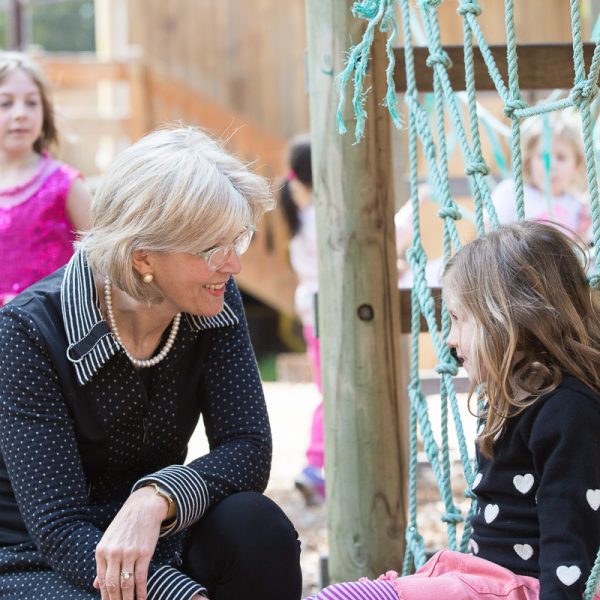ECEC and teacher support is the key to enticing female professionals to engineering

A new report from the Engineering Taskforce for Australia has indicated that teachers, early educators and school leaders play a crucial role in sparking and fostering an interest amongst girls in all that engineering has to offer – including dispelling the myth that it’s a “hard hat and high vis” career path.
Founded by the Deans of Engineering at the University of New South Wales (UNSW), Monash University and Australian National University (ANU), the Engineering for Australia Taskforce aims to close the gender gap in university engineering programs by addressing barriers to women’s participation.
“Women make up 47 per cent of all employed people in Australia, yet only just over 11 per cent of working engineers are women, Women in STEM Ambassador Professor Lisa Harvey-Smith said.
“Problem-solving is fundamental to engineering. More perspectives equal better solutions, new ideas, and better financial results,” she added, noting that bringing more women to engineering will not only strengthen Australia’s economy, but will also increase Australia’s capacity to address global challenges such as climate change and the transition to a carbon-neutral future.
Research shows that children’s understanding of engineering is developing around the same time as ideas and stereotypes about gender. As such the report outlines actions that schools, government and industry can take to:
- encourage girls to participate equally in engineering, maths and science lessons and discussions
- promote women as role models in engineering, maths and science, to show children what’s possible
- create learning environments around engineering where girls can feel a sense of belonging
“There is a critical window in early childhood education, as girls form their identity and ideas about what they’re capable of. We must all work together – industry, government and education – to ensure girls’ interest in engineering is recognised and nurtured”, Monash University Dean of Engineering Elizabeth Croft explained.
The report also recommends teaching engineering as a distinct learning area, not just as a part of maths and science.
“There are many STEM initiatives and activities, but few address engineering as distinct from science, technology and maths. As a result, teachers and students don’t associate what they’re doing as ‘engineering’. Girls might not realise they have aptitude in this field, and that these skills create opportunities for a rewarding career,” Taskforce Chair and Engineers Australia Chief Engineer Jane MacMaster emphasised.
“We don’t want to be having this same conversation in 20 years, which is why we are calling on all sectors to take action now that supports teachers and early educators to build the engineering identity,” Professor Harvey-Smith said in closing.
“We need girls to know that they can succeed as an engineer.”
Image credit: UNESCO Girls’ and women’s education in science, technology, engineering and mathematics (STEM)
Popular

Workforce
Quality
Research
When did it start to go wrong?
2025-12-18 08:00:46
by Fiona Alston

Quality
Practice
Research
Curiouser and Curiouser: What Alice helps us see about who should teach
2025-12-19 07:15:35
by Contributed Content

Quality
Provider
Research
A call to action for Early Childhood: Accountability and transparency in the National Strategy to prevent child abuse annual report 2025
2025-12-18 07:00:37
by Fiona Alston















